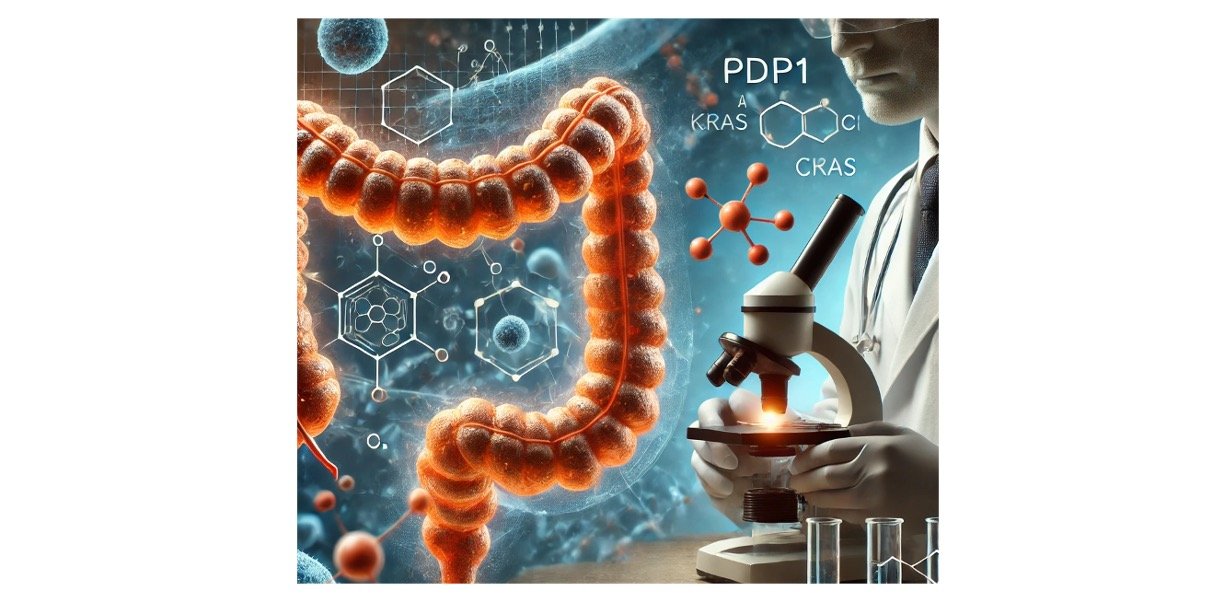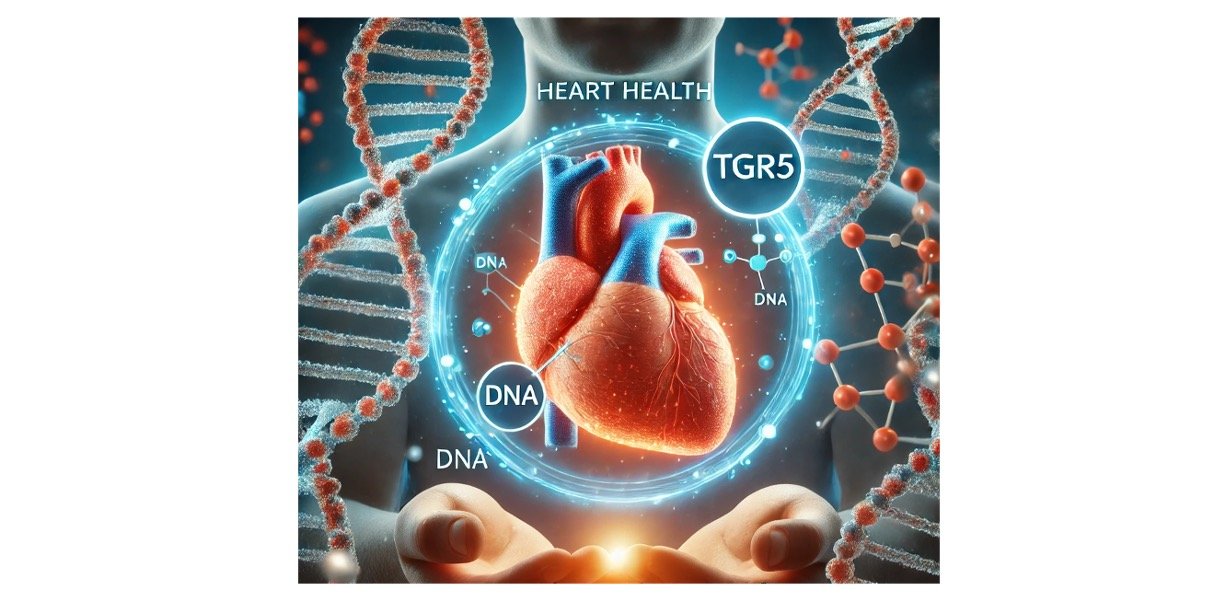Table of Contents
What is Homeostasis?
The state of balanced internal chemical and physical condition maintained by living organisms is called homeostasis. This ability is crucial for all living organisms.
Despite the dynamicity of the external environment, the physiological strategies adopted to maintain the proper functioning of a system, these strategies are called homeostasis.
Several regulatory mechanisms help to maintain homeostasis in humans. It consists of three general components: a receptor, a control centre, and an effector. A loop forming a homeostatic mechanism can either be positive or negative.
When the homeostasis mechanism stimulates the process, it is defined as positive feedback, whereas when it inhibits or decelerates the process, it is called negative feedback. Labor contraction during childbirth and blood clotting are some examples of positive feedback.
Thermoregulation, blood glucose regulation, and calcium homeostasis are some common examples of negative feedback.
Homeostasis Definition
The ability or tendency of any cell to maintain the condition of equilibrium is called homeostasis. It can also define as using feedback controls and other regulatory mechanisms to maintain a stable internal environment.
Homeostasis prevents the body or the cell from affecting its external environment. The process includes different multifarious physiological mechanisms to stabilize the functional stable of an organism.
Homeostasis Etymology
The term is made of two Greek words, homoios meaning “similar” and stasis, meaning “standing.” The term “homeostasis” was first coined by American physiologist Walter Bradford Cannon.
Homeostatic Processes
Various biological functions interconnect the needs of an organism with the help of a system. Higher animals, like humans, are made of complex bodily organs that need proper cellular functioning.
Although these organs are not similar, to sustain within the ideal range, they have to function alongside each other. There are several homeostatic processes, work by various regulatory mechanisms to stable the internal environment.
Homeostasis in Human Body
When there is a continuous imbalance in the internal stability of the human body, it cannot function properly. Various homeostatic mechanisms are used by the human body to sustain in extreme conditions and for proper functioning.
The homeostatic range consists of variables like pH, sodium level, potassium level, calcium level, and blood sugar level. Any particular variable has some upper and lower limits that are defined as the homeostatic range.
This range is crucial for proper functioning, beyond this range body will become dysfunctional. To maintain this range, various regulatory mechanisms are employed. The regulatory mechanisms are comprised of three components.
Components of Homeostasis
Components of Homeostasis are as follows-
i. A receptor
i. A control centre
ii. An effector
The information about the homeostatic range is received by the receptor. It passes this information to the control centre. Here this information is processed and then signal sent to the effector.
In the human body, several receptors are present, which are as follows-
a. Photoreceptors (stimulate in the presence of light)
b. Olfactory receptor cells (reacts to odours or smell)
c. Gustation receptors (reacts for taste)
d. Auditory receptors cells (present in the epithelium of organ, reacts to sound)
e. Thermo receptors (reacts to changes in temperature)
f. Mechanoreceptors (present in the skin and reacts to mechanical stimuli)
g. Interoceptors (reacts in stimuli inside the body) Peripheral chemoreceptors (respond to chemical changes)
In this process, all three components work by detecting and then responding to the stimulus. The processing for the detected stimulus is directed by the control centre. The control centre determines the response then the message is sent to the effectors. Later, a response is brought by effectors to revert the normal homeostatic range.
Homeostatic Mechanisms
The mechanism is also called a feedback mechanism, which can be positive or negative feedback. When the mechanism continues in the direction of stimuli, it is considered positive feedback.
Labor contraction, blood clotting are some examples of positive feedback. When the effector reverses the direction of the stimulus, it is called negative feedback. Examples are blood glucose level, thermoregulation, and osmoregulation.
Homeostasis Examples
a. Labor Contractions
It is an example of positive feedback. During childbirth, the muscles of the uterus further contract, that termed labor contractions. At the time, the body also stimulates to enhance the contractions by secretion of oxytocin.
b. Blood Clotting
Blood has the natural tendency to convert into solid, which is called blood clotting. It is also considered positive feedback because of the activation of clotting factors in series. It results in the formation of a fibrin clot.
c. Thermoregulation
It is an example of negative feedback. The thermoregulation reacts in the regulation of body temperature that helps to maintain the internal temperature of humans. The nervous system is responsible for the regulation of body temperature, particularly the anterior hypothalamus.
In our body, heat loss occurs when the ambient temperature is less than the skin temperature. In that condition, the thermoregulatory centre of the brain controls the mechanism to maintain normal conditions. The signal received by muscles to shake results in less heat degenerate.
The process also works in the condition of higher ambient temperature than the skin temperature. Here, the eccrine sweat glands secrete sweat to cool the body and reduce temperature. Thermoregulation is also crucial in other animals that maintain constant internal temperature.
d. Blood Homeostasis
The mechanism of regulating blood sugar levels in the body is called blood homeostasis. Our body regulates blood sugar levels by various hormones.
For example- the pancreas secretes glucagon when the blood sugar level is low that stimulates the conversion of glucagon into glucose. Similarly, insulin has secreted when blood glucose level increases in the body.
Insulin increases the absorption of glucose by skeletal muscles and fat tissues. Glucagon is produced by alpha cells of the pancreas whereas insulin is produced by beta cells. The pancreas is a glandular structure having two major types of cells.
The process of converting glucose into glycogen is called glycogenolysis, whereas the production of glucose from glycogen is called gluconeogenesis. Glycogen is the storage form of sugar in the human body, which is stored in the liver and muscles and absorbed by a carbohydrate-rich diet.
e. Blood Pressure Homeostasis
It is an example of negative feedback, which regulates blood pressure. The force exerted by blood circulation is called blood pressure. Our body regulates blood pressure through the cardiovascular center that has three distinct activities to regulate blood pressure.
(1) Nerve impulses sent by the cardiac center to increase cardiac output.
(2) Nerve impulses sent to decrease cardiac output.
(3) Regulation of diameter of blood vessels by the vasomotor.
f. Calcium Homeostasis
A parathyroid gland and parafollicular cells are sensitive to calcium ion levels in our body. When the level of calcium ions decreases in our body, the parathyroid hormone secreted calcitonin to increase calcium ion level.
A high level of calcitonin in the body causes bone resorption and excretion of phosphate ions through urine. The secretion of calcitonin stimulates the bone cells to absorb calcium.
g. Potassium Homeostasis
The potassium level in our body is balanced by the adrenal complex. High potassium concentration in our body causes membrane depolarization in the adrenal complex. Due to the high level of potassium, aldosterone stimulates the excretion of excess potassium from the body and normalizes the potassium level in plasma.
h. Osmoregulation
The human body consists of two major types of fluids- intracellular fluid and extracellular fluid. The body regulates the amount of water between these two fluids by the process of osmoregulation. The osmoreceptors present in the hypothalamus are sensitive to osmotic pressure changes.
In the case of hypertonicity or hyper-osmolality, these receptors secrete vasopressin. The vasopressin promotes water reabsorption by targeting the kidney. In the case of hyper-osmolality, the vasopressin level decreases in blood plasma and water excreted by the urine.
i. Action Potential Generation
It can be seen during membrane potential. The voltage-gated sodium channels open in series when the nerve impulse has relayed. It results in the influx of ions. Thus, it results in depolarization of the surrounding area and is considered positive feedback.
Biological Importance of Homeostasis
Homeostasis is a very crucial mechanism to maintain the optimal value of the innate variables. It is crucial to ensure sustain life and prevent instability in the body. The system cannot function properly without homeostasis which may lead to various health conditions or may face death due to organ failure.
Homeostasis Citations
- An Overview of Cholesterol Homeostasis. Methods Mol Biol . 2017;1583:1-6.
- ER homeostasis and autophagy. Essays Biochem . 2017 Dec 12;61(6):625-635.
- Linking cellular stress responses to systemic homeostasis. Nat Rev Mol Cell Biol . 2018 Nov;19(11):731-745.
- How does homeostasis happen? Integrative physiological, systems biological, and evolutionary perspectives. Am J Physiol Regul Integr Comp Physiol . 2019 Apr 1;316(4):R301-R317.
- Renin-angiotensin-aldosterone (RAAS): The ubiquitous system for homeostasis and pathologies. Biomed Pharmacother . 2017 Oct;94:317-325.
- Physiology and pathophysiology of potassium homeostasis. Adv Physiol Educ . 2016 Dec;40(4):480-490.
Share












